UK supermarkets managed to accumulate an extra £213m during the week of the Queen’s Diamond Jubilee, according the latest data.
The statistics, published by Kantar Worldpanel this morning for the 12 weeks ending 10 June 2012, revealed an 11.3% increase in sales for the week ending 3 June 2012. Sales for the first quarter of 2012 helped the UK grocery market to grow by 3.2% overall.
Tesco came out on top, representing almost a third of the market (31.4%), while Asda came in second at 17.2% incorporating sales from the acquisition of Netto stores. Sainsbury’s accumulated 16.4% of total UK grocery sales for the 12 weeks, and Morrisons claimed 12.2% respectively.
Edward Garner, director at Kantar Worldpanel, said: “The remarkable growth rate recorded over the Jubilee is a sign of what’s to come during the Olympics, when we expect grocery sales to soar. Competition is likely to be fierce, with fortunes now considerably different among the big four.
“Both Tesco and Morrisons suffered share dips of 0.4 points this month, whereas Asda and Sainsbury’s have seen their shares strengthen. The two retailers have taken different paths to growth, with Asda expanding its estate through its acquisition of the UK Netto stores and Sainsbury’s enjoying a long-term trend of organic growth as stores are added one-by-one.
“What both outlets have in common is strong price messages – Asda with its Price Guarantee and Sainsbury’s with its Brand Match – and this is supporting them well.”
Aldi, Lidl, and Waitrose have managed to secure shoppers’ spending, increasing amounts of money in stores during this period, with Aldi and Lidl both taking 2.8% each of the market’s overall sales, and Waitrose with 4.6%.
Garner added: “Iceland is growing at nearly twice the market average, lifting sales by 6.3% in this period. This is largely a result of the buoyant frozen food market, which tends to do well during times of economic uncertainty, and is currently the fastest-growing grocery sector.”
Kantar reported grocery inflation currently stood at 4.4% for the period, and said: “It was a welcome decrease from the level of 5.1% last period, but remains above the market growth, meaning that households are still trying to rein in grocery spending by managing down their ‘personal inflation’.”



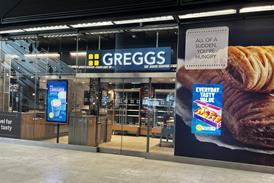




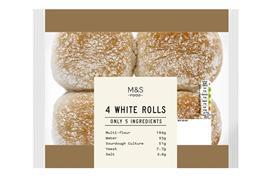












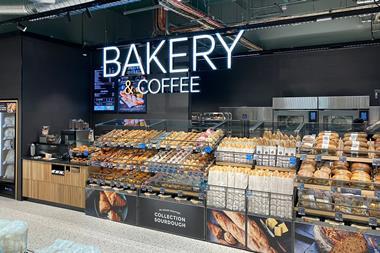







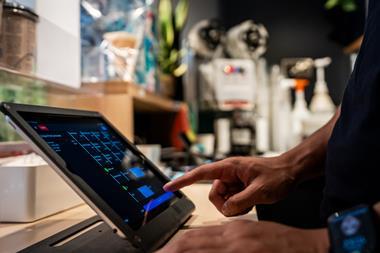
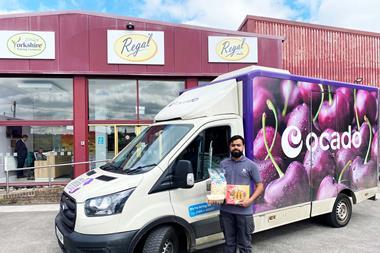





















No comments yet